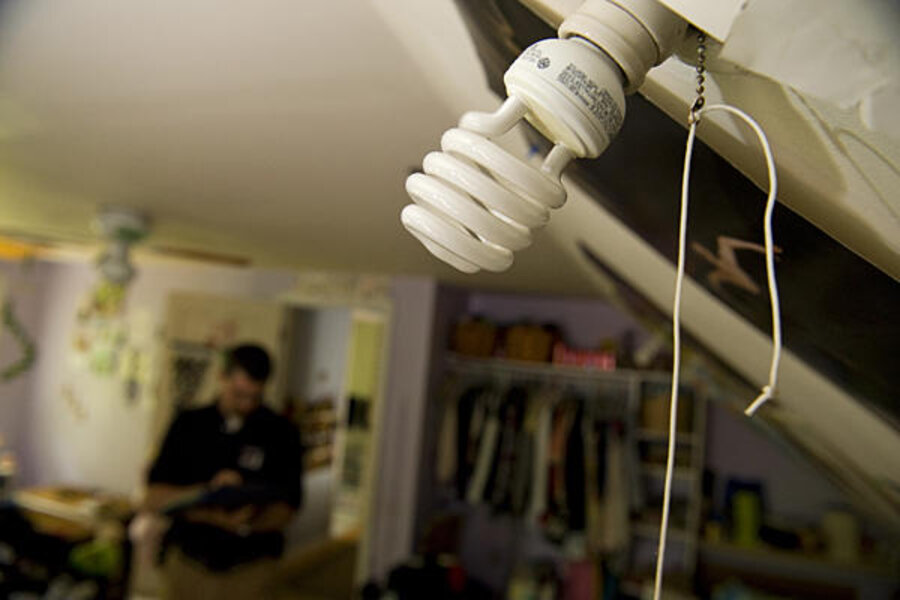Would you switch to LED light bulbs if they were half price?
Loading...
Over the last decade in households across America, the compact florescent light bulb (CFL) has replaced many an incandescent bulb. And while consumers have had to make investments in such an energy-saving switch (of an average cost of $5 per bulb), most folks justify the upfront expense as Energy Star-qualified CFLs can save over $40 over their lifetimes in energy costs, and use about 75% less energy than cheap, traditional bulbs.
In addition to funny-shaped CFLs, LED bulbs too save on energy costs, though the public has been less keen on them, as price points for 40-watt bulbs begin around $20 a pop. But that may soon change as Cree, an LED chips and part maker, introduces a new line of low-cost LED light bulbs.
Already popular with owners of commercial and industrial buildings, Cree hopes that marketing its line of three new LED bulbs to consumers at affordable prices will spark a change in energy consumption behavior. The bulbs, to be sold at Home Depot, come in two output capacities — 40-watt and 60-watt — and are priced from $9.97 to $13.97. Even for the high-end 60-watt day light, that's a savings of at least $7 over other energy-efficient LED lights, which could additionally save energy-conscious consumers hundreds of dollars in electricity and cooling costs over a bulb's lifetime. Plus, all Cree's LED light bulbs come with a 10-year warranty.
And while there are other LED bulbs on the market that are priced to sell (Netherlands-based Lemnis Lighting sells a 200-lumen LED bulb for $5, as we've occasionally seen some notable discounts on more expensive options), there are few LED bulbs on the market with the same specs at as affordable consumer price points as Cree's.
We are all about investments in the environment and love long-term savings, and we're even more interested in saving money now. Cree's line of ultra cheap energy-efficient LED bulbs, while more expensive than incandescent and CFL lighting, fulfill all those requirements and just may be, as the company claimed in trademark, "the biggest thing since the light bulb." Will you make the switch to energy-efficient lighting? Is there enough long-term savings associated with switching to LED bulbs over CFL?







